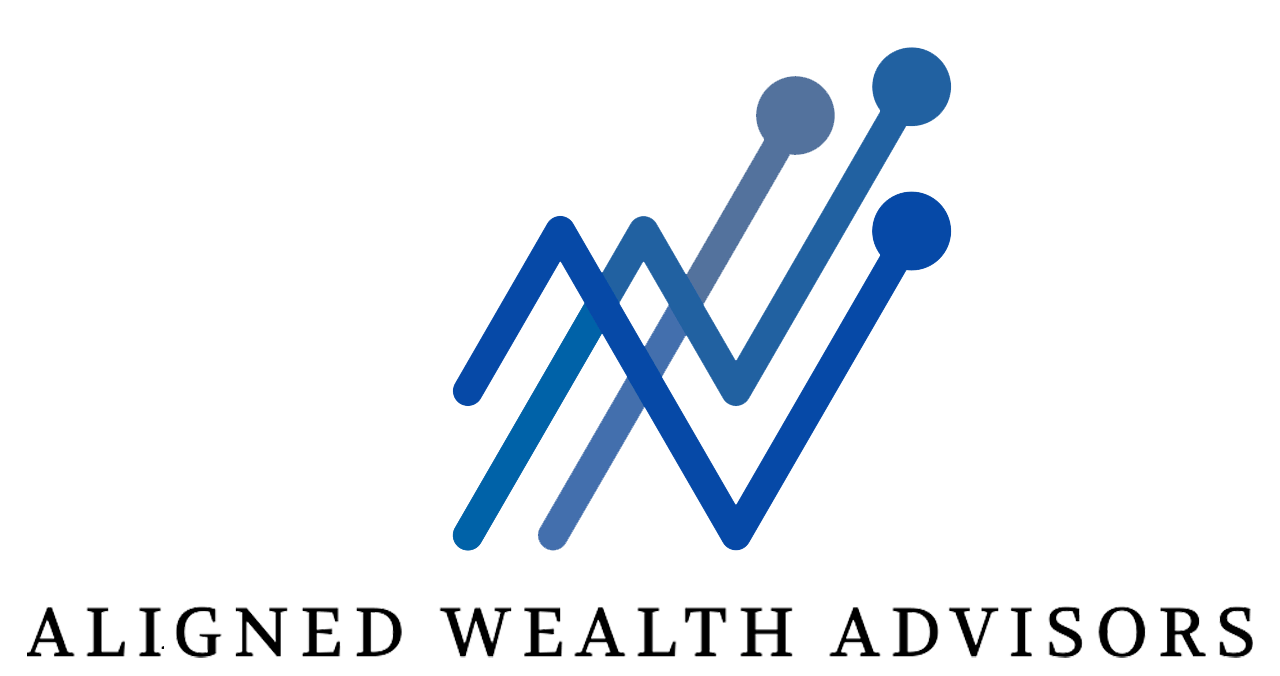The 13-Week Cash Flow Forecast: A Q4 Setup Guide for Business Owners

Picture this: It’s the last quarter of the year. Payroll is looming, invoices haven’t all come in, and a big supplier payment is staring you down. You check your bank balance, do a little mental juggling, and think: Do we have enough to cover everything—or are we flying blind?
Moments like this reveal the difference between steering with a plan and reacting to chaos. Cash flow forecasting isn’t just a numbers game—it’s survival. And more than that, it’s peace of mind.
A 13-week cash flow forecast gives business owners a clear snapshot of the weeks ahead. Suddenly, decisions stop feeling like guesses. You can spot trouble before it hits, plan for crunch times, and act with confidence instead of scrambling at the last minute.
At Aligned Wealth Advisors, we’ve been in the trenches with countless business owners during the hectic year-end rush. And here’s what we’ve learned: those who forecast their cash don’t just survive—they seize opportunities, sleep easier, and actually enjoy running their business.
So, how does the 13-week model work? Why is it so effective? And what habits make it stick quarter after quarter? Let’s break it down.
Why 13 Weeks, not 12 Months?
Annual budgets and long-term forecasts have their place, but when it comes to managing cash, they can fall short. Why? Because money moves daily, not yearly.
A 13-week forecast—roughly one business quarter—offers the perfect balance:
- Clarity: You can see inflows and outflows in detail, week by week.
- Flexibility: Close enough to predict with accuracy, long enough to spot trends.
- Control: It highlights crunch points before they happen, giving you time to plan.
Thirteen weeks is the sweet spot between being too vague (a year) and too reactive (a one-week look). It allows you to capture short-term realities while still preparing for strategic moves.
The Cost of Flying Blind
Many business owners confuse profit with cash. On paper, the company may look healthy, but cash tells the real story. A profitable business can run out of money if expenses outpace collections.
Imagine winning a large contract in December. On the P&L, it looks like a victory. But if the client doesn’t pay until February, your bank account could be empty long before the invoice clears. Without a forecast, you might be blindsided—forced into short-term borrowing or scrambling to cut costs.
Cash flow forecasting prevents that. It’s less about predicting the exact future and more about seeing enough to avoid surprises.
Common Mistakes Business Owners Make
Cash flow trouble rarely stems from laziness—it comes from blind spots.
Here are four traps we see most often:
- Overconfidence in Receivables
Relying on invoices being paid on time is risky. Even one delay can derail your plans. - Ignoring Seasonal Swings
Q4 can bring holiday slowdowns, inventory spikes, or higher expenses. If you don’t model this, surprises await. - Confusing Profit with Cash
Revenue recognition doesn’t mean money in the bank. Many owners learn this too late. - One-and-Done Forecasting
Building a spreadsheet once and leaving it untouched misses the point. A forecast only works if it evolves week by week.
Recognizing these traps is step one. Avoiding them requires building the right habits.
Building Your 13-Week Forecast: A Q4 Setup Guide
The process doesn’t require a finance degree. What it requires is structure and discipline.
Here’s how to set yours up:
- Start with Beginning Cash
Begin with your current bank balance. This is your baseline—the starting line for all calculations. - List Expected Inflows
Map out receivables, upcoming sales collections, loans, or any other cash sources. Assign each to a specific week. - Detail Expected Outflows
Include payroll, rent, utilities, vendor payments, loan servicing, and tax obligations. Be precise. Outflows are where most surprises occur. - Project Net Cash Movement
Subtract weekly outflows from inflows. This shows whether you’ll end each week with a surplus or shortfall. - Update Weekly
As actual numbers replace estimates, roll the forecast forward. This makes it sharper over time and more reliable as a planning tool.
The key is discipline. A forecast ignored is no better than guesswork. But one updated weekly becomes a true decision-making partner.
Real Business Stories
We once worked with a manufacturer who constantly felt blindsided at quarter-end. Despite strong sales, they always seemed short on cash. By adopting a 13-week forecast, they identified a $150,000 shortfall eight weeks in advance. That lead time gave them leverage—they negotiated extended supplier terms instead of rushing to take out an expensive short-term loan.
Another client, a professional services firm, used the forecast to plan holiday bonuses. Instead of guessing, they had the confidence to reward their team, knowing the cash was truly there. The payoff wasn’t just financial—it boosted morale at a critical time.
These aren’t unusual stories. They’re what happens when you replace uncertainty with visibility.
Making the Forecast Work Beyond Q4
Building a forecast is only half the battle. The other half is making it stick. Here are habits that turn the 13-week model into a lasting system:
- Automate Inputs Where Possible
If your accounting software integrates with forecasting tools, use it. Less manual entry means fewer errors. - Create a Weekly Rhythm
Review the forecast every week—just like you review sales or operations. Make it a non-negotiable routine. - Set Threshold Alerts
Decide your minimum cash comfort level. If the forecast dips below it, trigger a discussion on actions to take. - Tie It to Strategy
Don’t treat forecasting as bookkeeping. Tie it to decisions: Can you invest in equipment? Hire staff? Offer discounts?
With these habits, the forecast becomes more than a spreadsheet—it becomes your business radar.
The Long-Term Payoff
Think of the 13-week forecast as your early-warning system. It doesn’t eliminate turbulence, but it helps you steer. Over time, it shifts you from reactive firefighting to proactive leadership.
Instead of asking, “Can we cover payroll this month?” you’ll start asking, “Can we fund growth with confidence?” That’s the transformation a simple system can create.
The truth is,
financial strength isn’t only about revenue growth or profit margins. It’s about cash—the lifeblood of every business. And the businesses that manage it best aren’t always the largest or most flashy. They’re the ones disciplined enough to plan ahead.
Final Thoughts: Cash Flow is Control
As Q4 unfolds, uncertainty is everywhere—markets, costs, supply chains, and client payments. But your visibility doesn’t have to be limited. A 13-week forecast gives you clarity, confidence, and control.
At Aligned Wealth Advisors, we help business owners design cash flow systems that reduce stress and increase options. If you’re ready to step into the new year with a stronger handle on your liquidity, let’s start the conversation.
Because cash flow isn’t just about survival—it’s about freedom to grow, to
invest, and to lead with confidence.
Andrea Ward, CPA
Andrea has worked in the finance industry for nearly all of her professional life. Taking over the family business she continues to combine her tax and investment knowledge to leverage the investment power of money while reducing gains taxes paid to the IRS. She lives in the Fort Worth, Texas area, (although is happy to work with virtual clients all over the United States!) Andrea loves to travel and dabble in home decorating.
Matt Ward
Matt began helping clients in the insurance industry. However, he struggled with big business’s emphasis on selling rather than helping, so he came to work with the family business focusing on investment advisory. In his free time, he shreds the gnar on his snowboard and jams on drums and guitar (but not at the same time).




